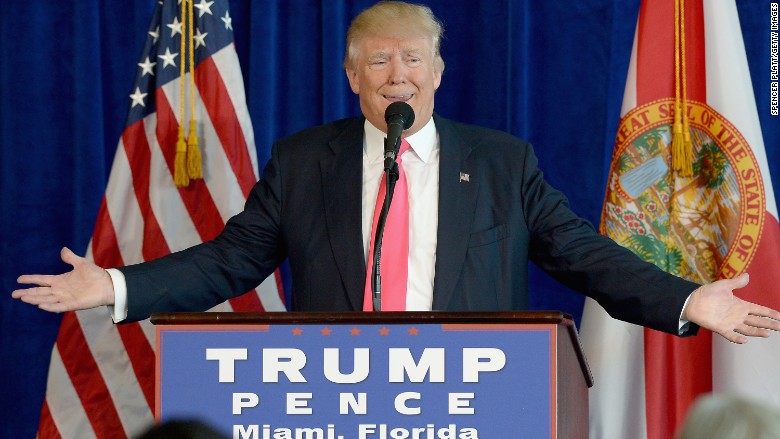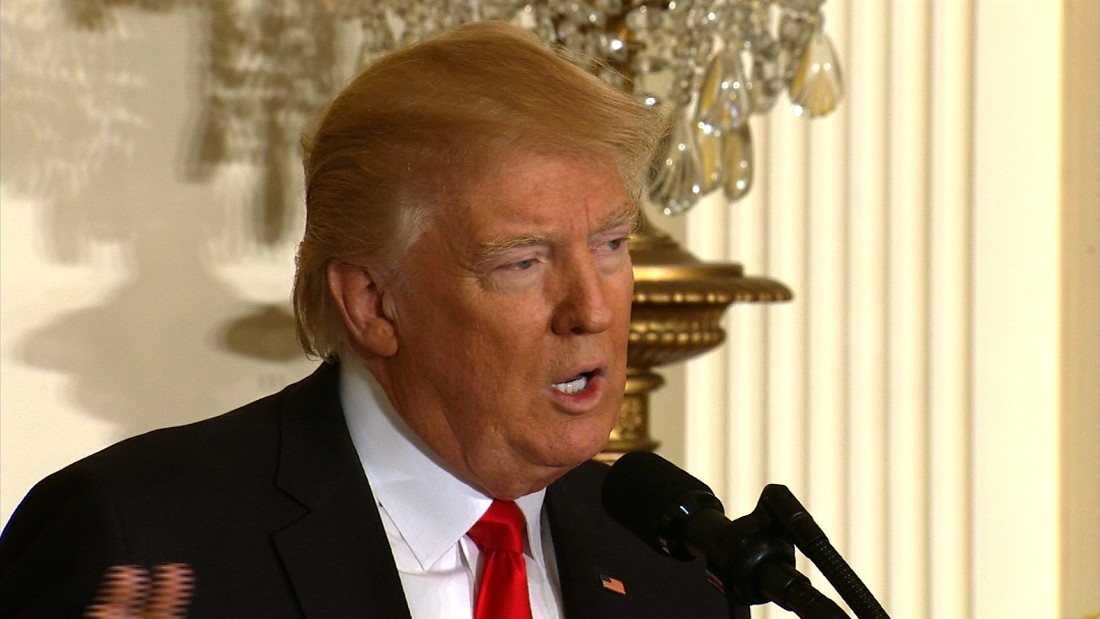Trump Press Conferences

Donald Trump’s press conferences were a defining feature of his presidency, often generating headlines and sparking controversy. They were characterized by their length, their combative tone, and their focus on promoting Trump’s agenda.
A Chronological Overview
Trump’s press conferences spanned his entire presidency, from his inauguration in January 2017 to his departure in January 2021. They covered a wide range of topics, including his policies, his personal life, and his relationship with the media.
Here is a chronological overview of some key events and themes:
- Early Presidency: Trump’s early press conferences were often marked by his attacks on the media, which he frequently referred to as “the enemy of the people.” He also used these early conferences to promote his agenda, such as his travel ban on citizens from several Muslim-majority countries.
- Russia Investigation: As the investigation into Russian interference in the 2016 election gained momentum, Trump’s press conferences became increasingly focused on denying any wrongdoing and attacking Special Counsel Robert Mueller.
- Trade Wars: Trump’s press conferences were a platform for his trade policies, particularly his tariffs on goods from China. He used these conferences to argue that his policies were necessary to protect American jobs and businesses.
- COVID-19 Pandemic: The COVID-19 pandemic dominated Trump’s final year in office, and his press conferences reflected this. He frequently downplayed the severity of the virus, promoted unproven treatments, and attacked critics of his handling of the pandemic.
Comparison with Previous Presidents
Trump’s press conferences differed significantly from those of previous presidents in several key ways.
- Length: Trump’s press conferences were often much longer than those of his predecessors, sometimes lasting for over an hour. This allowed him to dominate the news cycle and control the narrative.
- Tone: Trump’s press conferences were frequently characterized by a combative tone, with him often attacking his critics, both in the media and within his own party.
- Focus: Trump’s press conferences often focused on promoting his own agenda, rather than answering questions from the press. This was a departure from the tradition of presidents using press conferences to engage with the public and answer questions about their policies.
Impact on Public Opinion and the Media Landscape
Trump’s press conferences had a significant impact on both public opinion and the media landscape.
- Public Opinion: Trump’s press conferences were often divisive, with his supporters praising his bluntness and his willingness to challenge the media, while his critics condemned his attacks on the press and his disregard for facts.
- Media Landscape: Trump’s press conferences changed the way the media covered the presidency. They became more focused on Trump’s pronouncements and his attacks on the media, rather than on policy details.
Analyzing Trump’s Communication Strategies

Donald Trump’s press conferences were often characterized by their unconventional and often controversial nature. While some saw his communication style as refreshing and authentic, others criticized it as divisive and inflammatory. To understand the impact of Trump’s communication strategies, it is essential to analyze the rhetorical devices he frequently employed, identify his target audience, and assess the effectiveness of his approach in achieving his political goals.
Trump’s Rhetorical Devices
Trump’s communication style was marked by the use of several rhetorical devices, including repetition, hyperbole, and personal attacks.
- Repetition: Trump frequently repeated key phrases and slogans, often in a forceful and emphatic manner. This repetition served to reinforce his message and make it more memorable for his audience. For example, he frequently used phrases like “Make America Great Again” and “Fake News,” which became instantly recognizable and associated with his political agenda.
- Hyperbole: Trump often used exaggeration and hyperbole to emphasize his points and make them more dramatic. This tactic was particularly effective in rallying his base and generating media attention. For example, he would often make sweeping claims about the state of the economy or the threat of immigration, using hyperbolic language to create a sense of urgency and fear.
- Personal Attacks: Trump frequently engaged in personal attacks against his opponents, both in the political arena and in the media. This strategy was designed to discredit his adversaries and undermine their credibility. By attacking his opponents’ character and motives, Trump aimed to divert attention from his own shortcomings and create a narrative of himself as a strong and decisive leader.
Target Audience
Trump’s communication strategies were largely aimed at his core base of supporters, who were drawn to his populist message and his willingness to challenge the political establishment. His use of simple language, repetition, and emotional appeals resonated with a segment of the population that felt alienated by traditional politics and sought a leader who would speak their language.
Effectiveness of Trump’s Communication Strategies
Trump’s communication strategies were undoubtedly effective in mobilizing his base and achieving some of his political goals. His use of social media, his ability to command media attention, and his willingness to engage in controversial rhetoric all contributed to his success in the 2016 presidential election. However, his communication style also alienated many voters and created a highly polarized political climate.
The Role of the Media in Trump’s Press Conferences: Donald Trump Press Conference

The relationship between Donald Trump and the press was one of the most defining aspects of his presidency. Trump’s press conferences were often contentious, with the president frequently attacking the media and accusing them of bias. However, there were also instances of cooperation between Trump and the press, particularly when it came to covering major news events. This complex dynamic played a significant role in shaping the public’s perception of Trump and his administration.
Challenges Faced by Journalists, Donald trump press conference
Journalists covering Trump’s press conferences faced numerous challenges. One of the most significant was Trump’s tendency to make false or misleading statements. This made it difficult for journalists to accurately report on his pronouncements, as they had to constantly fact-check his claims. Another challenge was Trump’s tendency to use press conferences to attack his opponents, often with inflammatory rhetoric. This made it difficult for journalists to focus on the substance of his remarks, as they had to constantly defend themselves against his attacks. Additionally, Trump often refused to answer questions from journalists he perceived as hostile, making it difficult to obtain information from him.
“I’m not a big fan of the press, to be honest with you. They’re not my friends, and they’re not my enemies. They’re just people who do a job. And sometimes they do it well, and sometimes they do it poorly.” – Donald Trump
Impact of Social Media
Social media played a significant role in the dissemination and reception of Trump’s press conference messages. Trump’s use of Twitter allowed him to bypass traditional media outlets and communicate directly with his supporters. This gave him a powerful platform to promote his agenda and attack his critics. Social media also allowed for the rapid spread of Trump’s press conference messages, often before they had been fully vetted by journalists. This led to a situation where Trump’s words were often interpreted and disseminated through a filter of partisan bias.
“Social media is a very powerful tool. It can be used for good or for bad. I use it to communicate directly with the American people. I think it’s very important to have that direct connection.” – Donald Trump
Donald trump press conference – Donald Trump’s press conferences were always a spectacle, filled with fiery rhetoric and unpredictable pronouncements. Whether you loved him or hated him, you couldn’t deny the sheer entertainment value of his interactions with the media. To get a glimpse into the chaos and drama that defined his presidency, you can check out this article about Donald Trump’s press conferences.
It’s a fascinating look back at a unique and often controversial chapter in American politics.
Donald Trump’s press conferences were always a spectacle, a whirlwind of pronouncements and accusations. It was hard to keep up, a bit like watching a seasoned steeplechaser navigate a series of hurdles. Speaking of hurdles, the Ethiopian steeplechase is a testament to endurance and skill, and just like those athletes, Trump seemed to thrive on the chaos, always finding a way to jump over the next obstacle and keep the spotlight on himself.